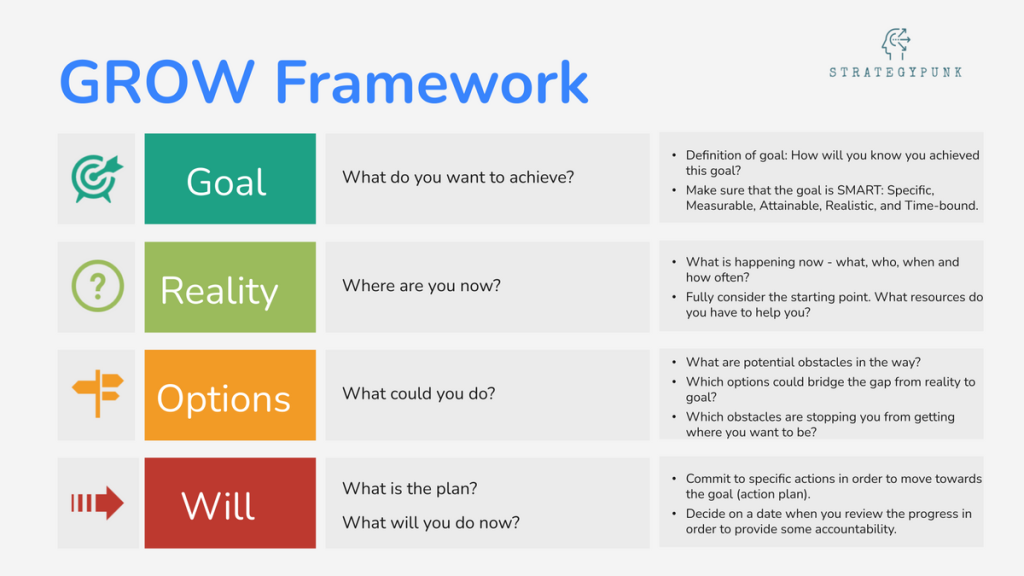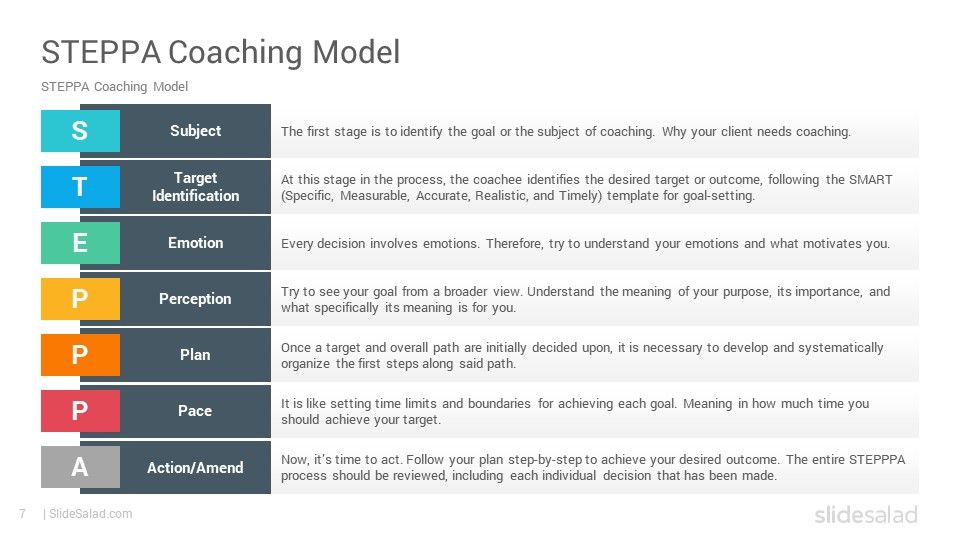In a time of incredible change, professional disruption, and overwhelming loneliness, mentorship can anchor us. But how do we mentor in a remote, distributed workforce? Coming together online doesn’t need to be the watered-down version of being together in-person; some things are actually better because of — not in spite of — being remote. For remote mentoring to be successful, you need to adjust your strategy.
Remote mentoring can promote equity and build relationships free from the biases we face in person, when we know another’s height, physical ability, or pregnancy status, to name a few examples. Research shows that visual status cues signaling organizational status and physical stature are minimized in video-based conversations. Everyone is reduced to a voice and a window of equal size on screen, which means no one is left feeling small or worrying they take up too much space. In this egalitarian setup, establishing trust and rapport can actually become simpler.
It’s absolutely possible to mentor people in a hybrid workplace, on a team and individual level, on an official and unofficial basis. Of course, you need to consider the intricacies of your specific work situation as you build your mentoring program. Whether you are on a team with distributed members, a team where some people work from home and others work in the office, a team that occasionally goes to the office, and so on…success is possible.
Consider these tips for building a mentoring program for a remote workforce:
- Establish trust and rapport. Earn your mentee’s trust by listening, asking questions, and being attentive.
- Set expectations and logistics. Decide how often to communicate and offer multiple modalities for connection. Be patient. Getting it right will take some trial and error.
- Infuse a clear sense of purpose. Without it, mentorships can become nice friendships, but will not help employees reach their goals.
- Set, track, and celebrate goals. Mentoring pairs who spend time saying, “This is where we started, this is how far we’ve come, and this is where we’re going,” will build resilience to persevere through challenges.
- Ask for feedback. Making feedback a regular part of your mentoring relationship will highlight which processes can be tweaked and will offer valuable insight into your mentee’s needs.
Beyond the right level of check-in for each mentee, you also need to figure out the right coaching model for them (and the one that works better for you). There are several different coaching models, depending on whether you prefer to focus on the problems, on the solutions, or on the whole process as a more holistic approach. Finding the right coaching model (or creating your own approach) will depend not only on your mentee’s personality and your own time restraints, but also on the scope of the project they want to take on. Here are a few models with a proven track record:
- GROW Coaching Framework – a simple process that starts with deciding on a goal and then reverse engineering your journey from there.

- OSKAR Coaching Model – a more collaborative approach that focuses on solutions.

- STEPPA Coaching Model – repurpose emotions that arise from specific problems or situations and turn those feelings into ways that create new objectives and outcomes.

Successful mentorship is much more about active listening than giving one-way advice, and when approached from a place of reciprocity, there are substantial benefits. Mentoring is a powerful tool as something that can liberate you and empower your workforce to support one another — and we hope you find purpose in doing so.
References:
Harvard Business Review (2021, May 12) Marianna Tu and Michael Li: What Great Mentorship Looks Like in a Hybrid Workplace
Talent LMS (2022, August 23) Christina Pavlou: How to Master the Art of Remote Mentoring
The Atlantic (2022, January 14) Ed Zitron: How to Mentor Young Workers in a Remote World


Leave a Reply